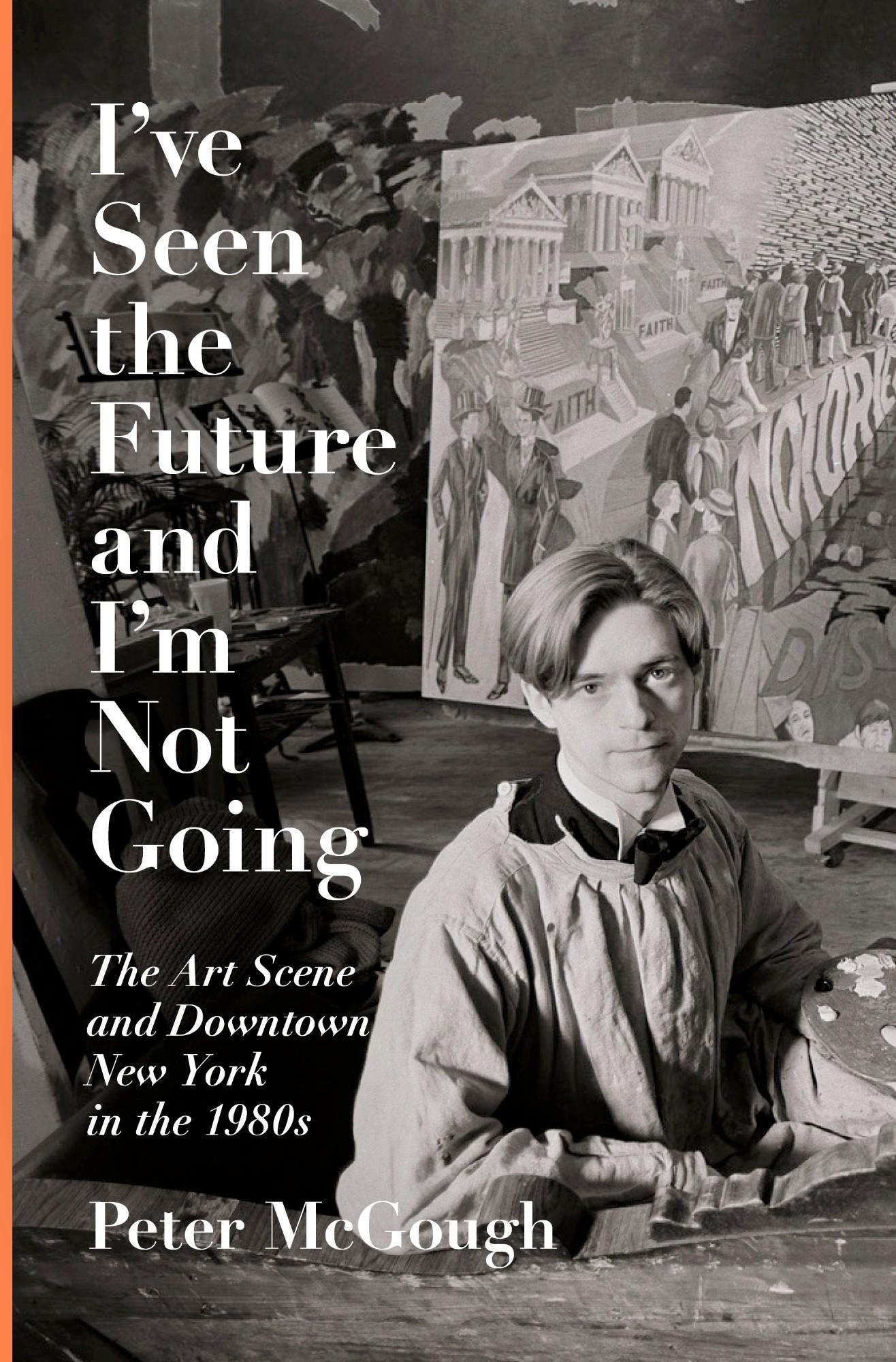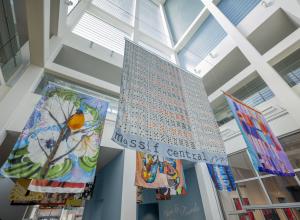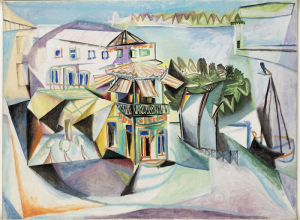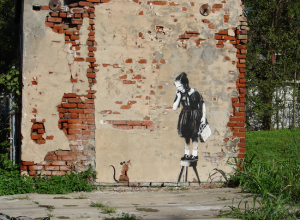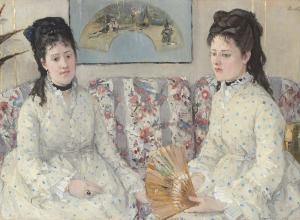“Actually, I’ve had a phone since 2009,” McGough clarified cheerfully via telephone from his Bushwick studio during an interview late last month to discuss his memoir, I’ve Seen the Future and I’m Not Going: The Arts Scene and Downtown New York in the 1980s (Pantheon). “I also have a computer, but only because my assistant insisted that I couldn’t run a studio without one.” And yet, that’s just what he did for years alongside onetime boyfriend and collaborator David McDermott. Together, McGough and McDermott conducted their own social experiment of living and working as Victorian artists while exploring themes of gay identity and repression through their paintings, sculptures, films, and installations.
McGough escaped suburban Syracuse where he chafed against the status quo for SoHo, where he rubbed shoulders with Keith Haring, Jean-Michel Basquiat, Andy Warhol, and countless other artists, designers, and musicians: nearly all of them fellow creative misfits and outcasts who found a home in a city famous for taking in the poor, huddled masses.
Quintessential starving artists for years, McDermott and McGough finally found success starting in the mid-80s, showing at three Whitney Biennials and eventually at galleries around the world. In the 1990s, the duo lost everything in a tax disaster. With the money gone and McGough diagnosed with AIDS, McDermott left for Dublin, where he renounced his American citizenship and remains to this day. Their most recent project was realized in 2017, a temple to Oscar Wilde in London and a project two decades in the making.





